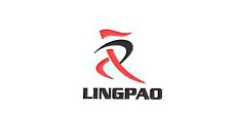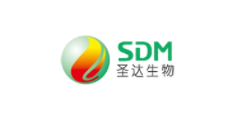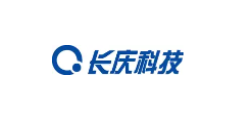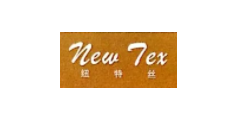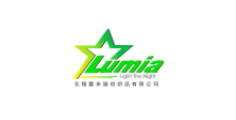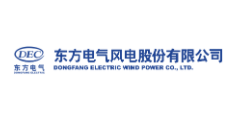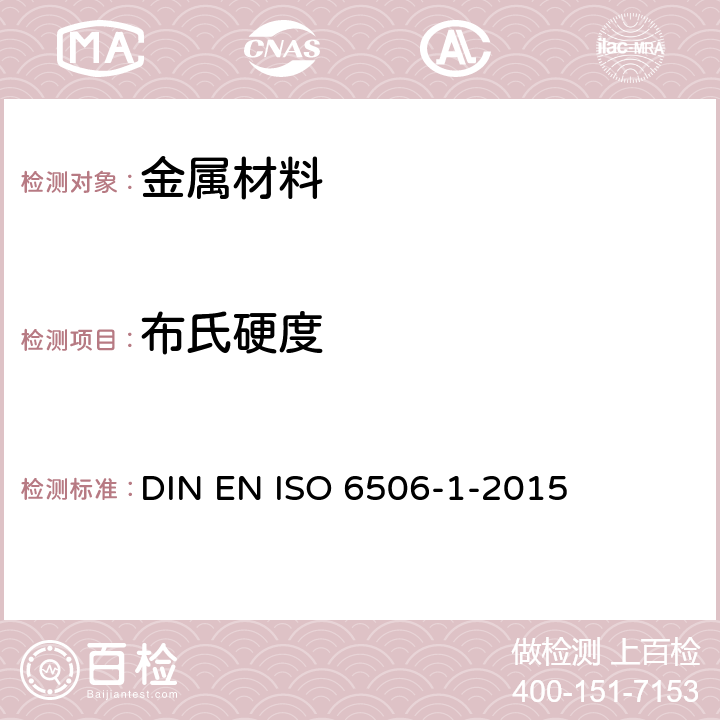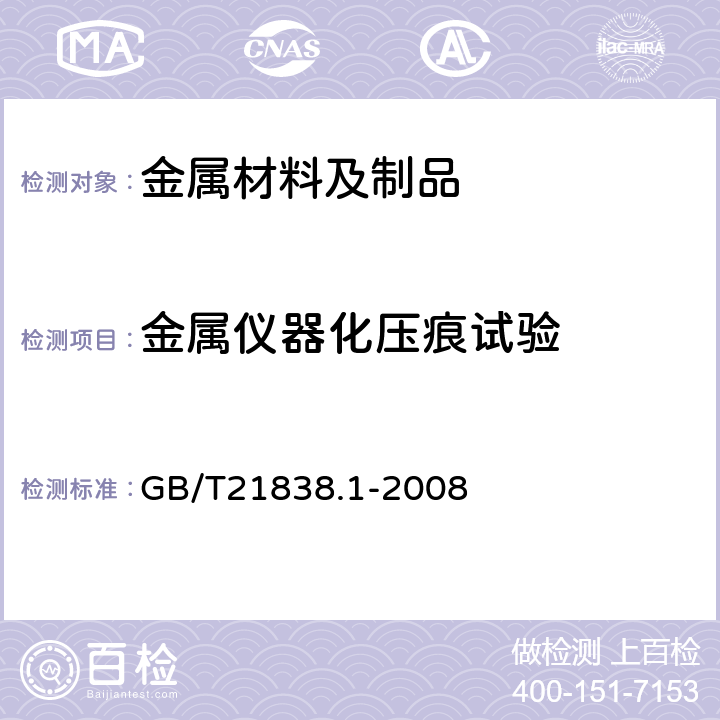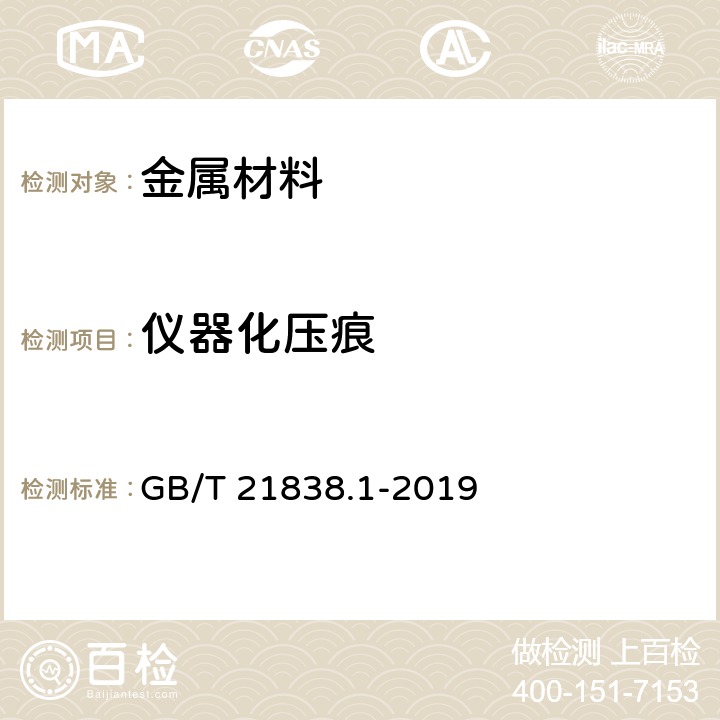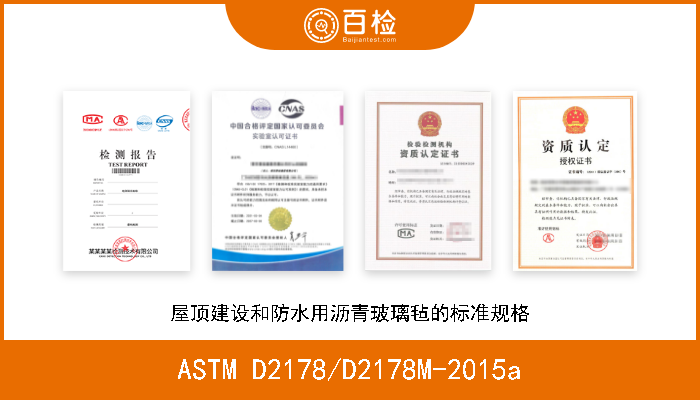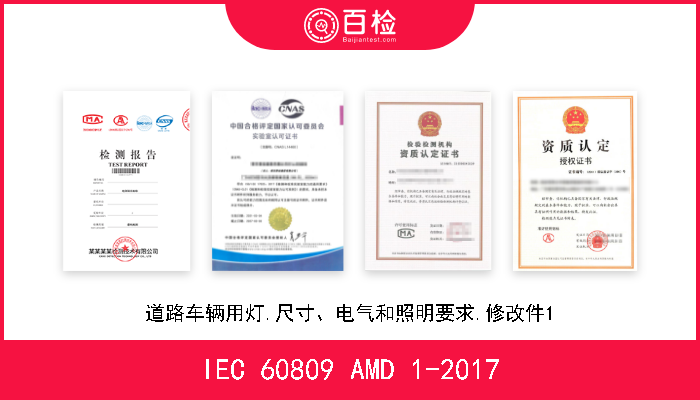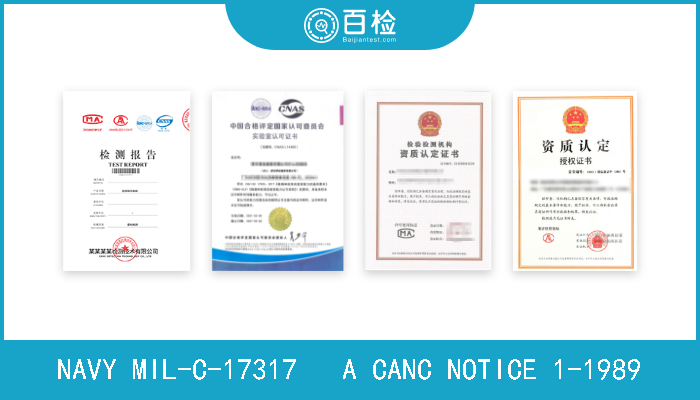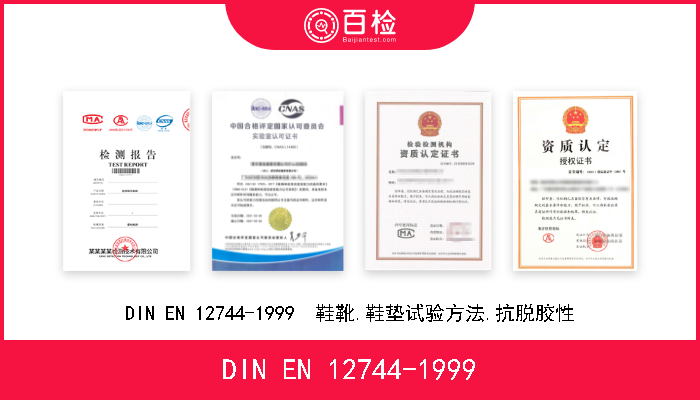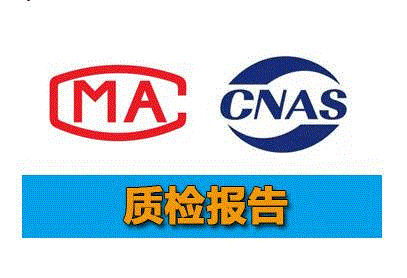DIN EN ISO 14577-4-2007 金属材料.硬度和材料参数用仪器压痕试验.第4部分:金属和非金属覆层试验方法(ISO 14577-4-2007)
百检网 2021-07-31
标准号:DIN EN ISO 14577-4-2007
中文标准名称:金属材料.硬度和材料参数用仪器压痕试验.第4部分:金属和非金属覆层试验方法(ISO 14577-4-2007)
英文标准名称:Metallic materials - Instrumented indentation test for hardness and materials parameters - Part 4: Test method for metallic and non-metallic coatings (ISO 14577-4:2007); English version of DIN EN ISO 14577-4:2007-08
标准类型:H22
发布日期:1999/12/31 12:00:00
实施日期:1999/12/31 12:00:00
中国标准分类号:H22
国际标准分类号:77.040.10
引用标准:ISO 1514;ISO 2808;ISO 3270;ISO 4287;EN ISO 14577-1;EN ISO 14577-2;EN ISO 14577-3
适用范围:This part of ISO 14577 specifies a method for testing coatings which is particularly suitable for testing in thenano/micro range applicable to thin coatings.This test method is limited to the examination of single layers when the indentation is carried out normal to thetest piece surface, but graded and multilayer coatings can also be measured in cross-section if the thicknessof the individual layers or gradations is greater than the spatial resolution of the indentation process.The test method is not limited to any particular type of material. Metallic, non-metallic and organic coatings areincluded in the scope of this part of ISO 14577.The application of this part of ISO 14577 regarding measurement of hardness is only possible if the indenter isa pyramid or a cone with a radius of tip curvature small enough for plastic deformation to occur within thecoating. The hardness of visco-elastic materials, or materials exhibiting significant creep will be stronglyaffected by the time taken to perform the test.NOTE 1 ISO 14577-1, ISO 14577-2 and ISO 14577-3 define usage of instrumented indentation testing of bulkmaterials over all force and displacement ranges.NOTE 2 The application of the method of this part of ISO 14577 is not needed if the indentation depth is so small thatin any possible case a substrate influence can be neglected and the coating can be considered as a bulk material. Limitsfor such cases are given.NOTE 3 The analysis used here does not make any allowances for pile-up or sink-in of indents. Use of Atomic ForceMicroscopy (AFM) to assess the indent shape allows the determination of possible pile-up or sink-in of the surface aroundthe indent. These surface effects result in an under-estimate (pile-up) or over-estimate (sink-in) of the contact area in theanalysis and hence may influence the measured results. Pile-up generally occurs for fully work-hardened materials. Pile-up of soft, ductile materials is more likely for thinner coatings due to the constraint of the stresses in the zone of plasticdeformation in the coating. It has been reported that the piled up material results in an effective increase of the contactarea for the determination of hardness, while the effect is less pronounced for the determination of indentation modulus,since the piled up material behaves less rigidly [1], [2].
中文标准名称:金属材料.硬度和材料参数用仪器压痕试验.第4部分:金属和非金属覆层试验方法(ISO 14577-4-2007)
英文标准名称:Metallic materials - Instrumented indentation test for hardness and materials parameters - Part 4: Test method for metallic and non-metallic coatings (ISO 14577-4:2007); English version of DIN EN ISO 14577-4:2007-08
标准类型:H22
发布日期:1999/12/31 12:00:00
实施日期:1999/12/31 12:00:00
中国标准分类号:H22
国际标准分类号:77.040.10
引用标准:ISO 1514;ISO 2808;ISO 3270;ISO 4287;EN ISO 14577-1;EN ISO 14577-2;EN ISO 14577-3
适用范围:This part of ISO 14577 specifies a method for testing coatings which is particularly suitable for testing in thenano/micro range applicable to thin coatings.This test method is limited to the examination of single layers when the indentation is carried out normal to thetest piece surface, but graded and multilayer coatings can also be measured in cross-section if the thicknessof the individual layers or gradations is greater than the spatial resolution of the indentation process.The test method is not limited to any particular type of material. Metallic, non-metallic and organic coatings areincluded in the scope of this part of ISO 14577.The application of this part of ISO 14577 regarding measurement of hardness is only possible if the indenter isa pyramid or a cone with a radius of tip curvature small enough for plastic deformation to occur within thecoating. The hardness of visco-elastic materials, or materials exhibiting significant creep will be stronglyaffected by the time taken to perform the test.NOTE 1 ISO 14577-1, ISO 14577-2 and ISO 14577-3 define usage of instrumented indentation testing of bulkmaterials over all force and displacement ranges.NOTE 2 The application of the method of this part of ISO 14577 is not needed if the indentation depth is so small thatin any possible case a substrate influence can be neglected and the coating can be considered as a bulk material. Limitsfor such cases are given.NOTE 3 The analysis used here does not make any allowances for pile-up or sink-in of indents. Use of Atomic ForceMicroscopy (AFM) to assess the indent shape allows the determination of possible pile-up or sink-in of the surface aroundthe indent. These surface effects result in an under-estimate (pile-up) or over-estimate (sink-in) of the contact area in theanalysis and hence may influence the measured results. Pile-up generally occurs for fully work-hardened materials. Pile-up of soft, ductile materials is more likely for thinner coatings due to the constraint of the stresses in the zone of plasticdeformation in the coating. It has been reported that the piled up material results in an effective increase of the contactarea for the determination of hardness, while the effect is less pronounced for the determination of indentation modulus,since the piled up material behaves less rigidly [1], [2].
百检能给您带来哪些改变?
1、检测行业全覆盖,满足不同的检测;
2、实验室全覆盖,就近分配本地化检测;
3、工程师一对一服务,让检测更精准;
4、免费初检,初检不收取检测费用;
5、自助下单 快递免费上门取样;
6、周期短,费用低,服务周到;
7、拥有CMA、CNAS、CAL等权威资质;
8、检测报告权威有效、中国通用;
客户案例展示
相关商品
版权与免责声明
①本网注名来源于“互联网”的所有作品,版权归原作者或者来源机构所有,如果有涉及作品内容、版权等问题,请在作品发表之日起一个月内与本网联系,联系邮箱service@baijiantest.com,否则视为默认百检网有权进行转载。
②本网注名来源于“百检网”的所有作品,版权归百检网所有,未经本网授权不得转载、摘编或利用其它方式使用。想要转载本网作品,请联系:service@baijiantest.com。已获本网授权的作品,应在授权范围内使用,并注明"来源:百检网"。违者本网将追究相关法律责任。
③本网所载作品仅代表作者独立观点,不代表百检立场,用户需作出独立判断,如有异议或投诉,请联系service@baijiantest.com
行业热点

